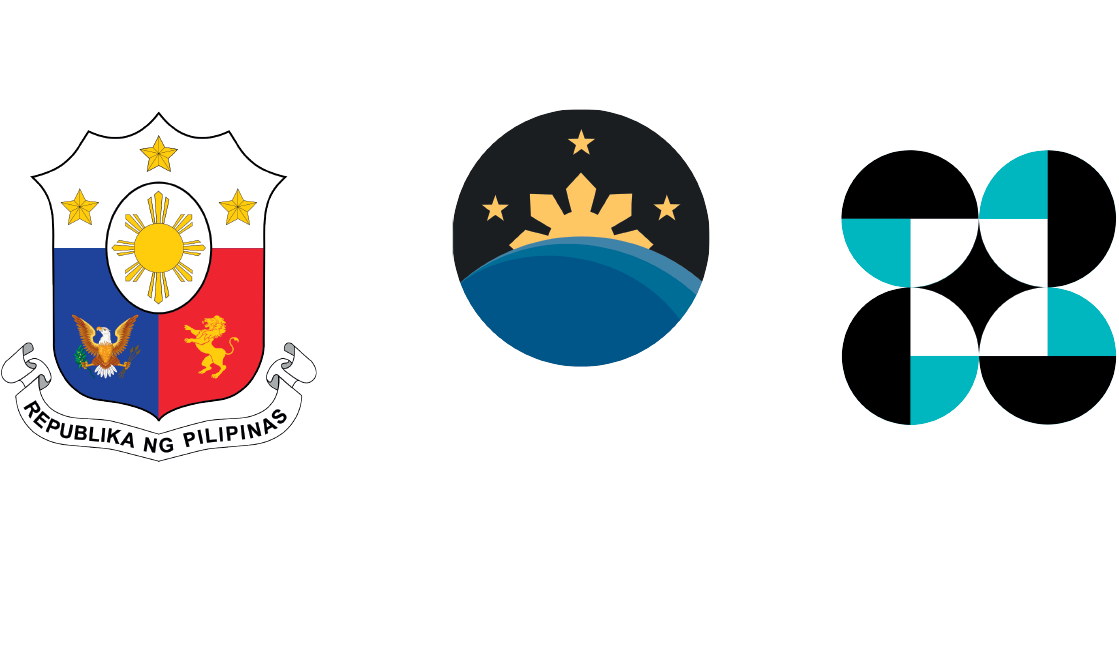




Frequently Asked Questions about CopPhil
CopPhil, or the National Copernicus Capacity Support Action Programme, is an initiative which promotes the operational uptake of free and open Copernicus satellite data in the Philippines. It will support and increase the ability of the Philippines to address climate vulnerability and biodiversity conservation while improving hazard management and resilience. More information is available in the “About” section.
Copernicus is the Earth Observation component of the European Union’s Space Programme. It provides free and openly accessible information and services which draw from satellite and in situ (non-space) data. The information provided by Copernicus supports public authorities, industrial and small and medium sized enterprise (SME) service providers, and international organisations.
CopPhil is managed by the European Union Delegation to the Philippines. It is implemented by the European Space Agency (ESA) in partnership with the Philippine Space Agency (PhilSA) and the Philippine Department of Science and Technology (DOST).
The main objective of CopPhil is to promote the operational uptake of Copernicus data in the Philippines through three components:
- The establishment of a Copernicus Mirror Site and IT infrastructure
- The development of Earth Observation-based pilot services in three thematic areas
- Awareness-raising and knowledge and skills transfer related to the use of Copernicus data and information
The Copernicus Mirror Site is a facility which receives and stores real-time data from the Copernicus Sentinel satellites. It will allow users in the Philippines to access high-quality Earth Observation data quickly and efficiently, and it will be available starting from 2025. More information can be found on the CopPhil IT Infrastructure website.
One of the outcomes of the CopPhil initiative is the development of Earth Observation-based pilot services which harness Copernicus data across three thematic areas. The services are co-developed with local stakeholders, who will continue to operate them after the end of the pilot demonstration phase. The pilot service thematic areas are:
- Ground Motion Monitoring
- Land Cover, Forest & Crop Mapping
- Coastal Marine Habitat Monitoring
The pilot services products result from stakeholder consultations focused on addressing the region’s specific needs and priorities, and will be tested and validated through various practical use cases. The services leverage Copernicus Earth Observation data to complement existing regional systems while helping to boost benefits for local communities.
